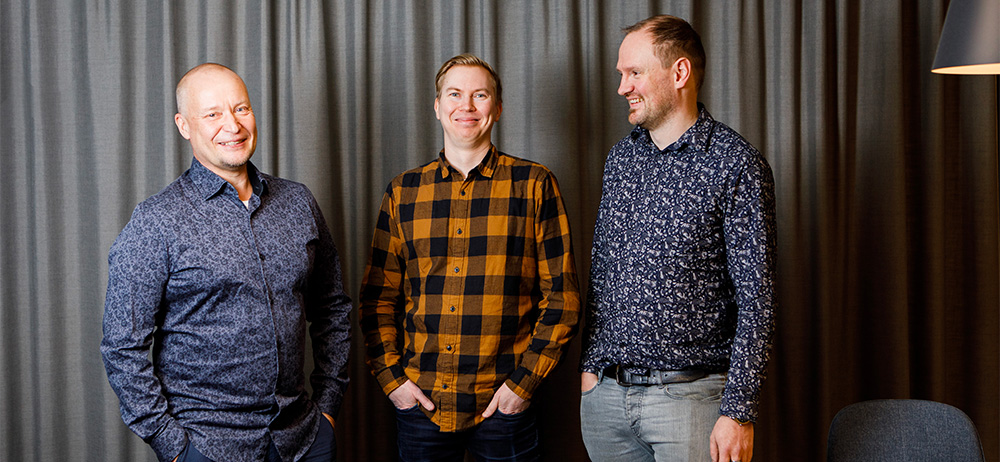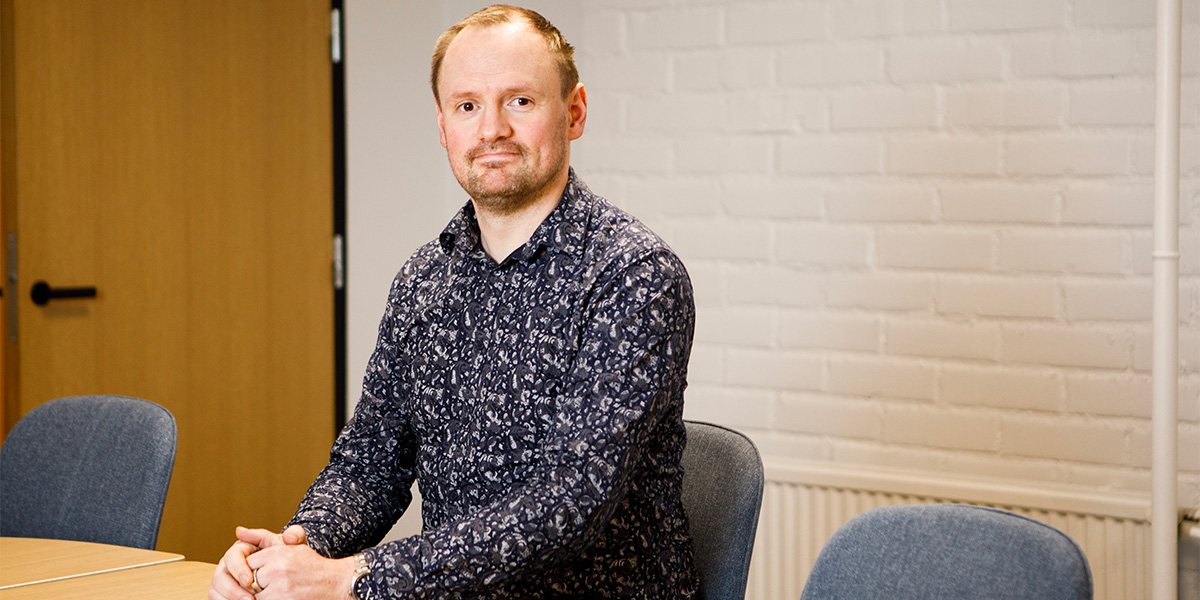
TE services on the verge of a digital leap – Netum secured the data transfer of over one million customers
The impact of the project implemented for the KEHA Centre is unique. The new customer information system streamlines the work of thousands of TE authorities. It covers the export of the historical data of more than one million current and former job seekers to the new information system.
The TE-Digi project was launched a few years ago to renew the customer information systems of public employment services. The current URA system services will be gradually moved to the new Specialists’ Job Market Finland system, which aims to better serve both TE Office experts and job seekers.
The reform is led by the KEHA Centre, which provides administrative, digital and information services to the Employment and Economic Development Offices (TE Offices) and ELY Centres. Harri Pöyhönen, Senior Specialist at the KEHA Centre, says that the main reason behind the reform is the major changes in employment services in the near future.
- “Starting from 2025, the responsibility for public employment services will be transferred to municipalities. When the reform enters into force, municipalities must have functioning information systems and access to intact customer data. The old URA information system has been in use for about thirty years, so now is just the right time to modernise the technology.”
As a long-term partner of the KEHA Centre, Netum is responsible for transferring customer data from the old system to the new one. The ETL project (Extract, Transform and Load) launched in 2022 is in full swing. One successful deployment and several large transfers to the system in use have already been implemented.
The data transfer is an extensive operation, as the history data of the TE Offices alone covers the data of more than one million customers. In addition, the legislation stipulates that data must be stored safely.
- “There is a considerable amount of data to be transferred. Employment authorities must be able to use the old and new systems side by side until the completion of the data transfer in 2025. The integrity of the data must be preserved, which means that no data may be lost or fragmented during the transfer,” Pöyhönen says.

Harri Pöyhönen, Senior Specialist, KEHA Centre
Intensive preparation yields results
At the beginning of the project, Netum’s Ville Jurkkola was responsible for defining what historical data would be imported into the new system and how. Since the spring of 2023, Jurkkola has acted as the project manager. He describes the project as one of the most challenging in his career. The deployment of the first phase in March was carried out overnight over a weekend following a minute-specific plan.
TE-Digi’s microservice architecture brought its own challenges to the project.
- “Each dataset was carefully planned and defined with the customer on a service-specific basis, and the reconciliation of data from the old system to the new one required complex sets of rules. To carry out the complex data transfer, a modelling tool was introduced, and a transfer application was developed, which were able to take into account the changing specification and the tight schedule. This allowed us to automate and streamline such a large and complex data set,” says Jurkkola.

Project manager Ville Jurkkola
Netum’s Jani Henriksson started as the ETL project’s project manager, and after the first deployment, he became the head of Netum’s data and integration unit. He is pleased with the unique solution that Netum developed in the face of enormous challenges. The way the KEHA Centre is able to manage a large project also deserves praise.
- “We put in a lot of effort and worked closely with defining the data models and rule sets. As a customer, the KEHA Centre was very flexible and able to successfully work with multiple suppliers.”
The project involved many different teams and dozens of people. Working in a large multi-supplier environment involves much more than just technical work.
- “Communication can be especially challenging when there are people and information from many different organisations. Our open communication culture across organisational boundaries helped us find insightful solutions,” says Henriksson.

Jani Henriksson, the head of Netum’s data and integration unit
Eyes set on the future
The next big stage takes place when the employment services are transferred to the new main system. The deployment of this step will improve the user experience of about four thousand TE authorities using the Specialists’ Job Market Finland system. However, in terms of jobseekers, the goal is an invisible transition.
- “If the deployment has been carried out successfully, jobseekers will not notice that anything has changed. The aim is a seamless and secure data transfer,” Pöyhönen says.
Pöyhönen has also worked with Netum in previous projects. The cooperation has been flexible and straightforward.
- “Netum’s experts are always easy to approach. Communication is pleasant, whether face-to-face or in Teams. However, the most important thing is that everything is always done on schedule and professionally,” says Pöyhönen.